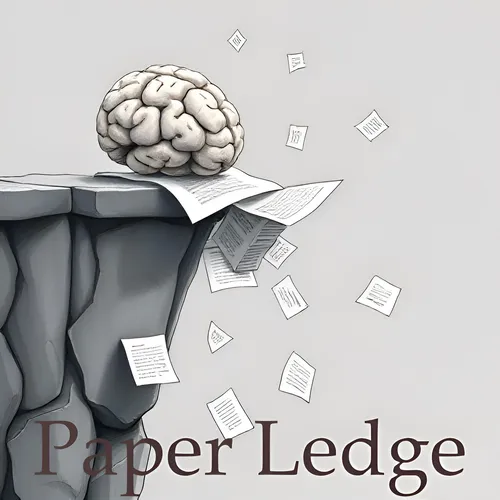Computer Vision - Spatio-Temporal LLM Reasoning about Environments and Actions
- Author
- ernestasposkus
- Published
- Tue 08 Jul 2025
- Episode Link
- https://www.paperledge.com/e/computer-vision-spatio-temporal-llm-reasoning-about-environments-and-actions/
Hey PaperLedge crew, Ernis here, ready to dive into some seriously cool AI research! Today, we're unpacking a paper that's tackling a really tricky problem for AI: understanding the world around it in both space and time. Think of it like this: imagine teaching a robot to tidy your room. It needs to know where everything is (spatial understanding) and also what you just did (temporal understanding) – like, "Oh, they just dropped their keys on the table, so I should pick them up and put them in the key bowl."
See, these amazing Multimodal Large Language Models (MLLMs) – the brains behind a lot of new AI – are getting really good, but they still struggle with this holistic understanding. It's like they can see the individual puzzle pieces but can't quite put the whole picture together. The paper highlights that current MLLMs have a hard time when a prompt refers to:
- The entire environment (like the whole room)
- AND recent actions within that environment (like dropping the keys).
This is a big deal because, in the real world, robots and AI agents need to do exactly that! They need to understand the big picture AND the recent events to act effectively.
So, what did these researchers do? First, they created a huge dataset called "Reasoning about Environments and Actions" (REA). Think of it as a giant training manual for AI, packed with examples of environments and actions that require this spatio-temporal understanding. They then tested existing MLLMs on this dataset, and, as suspected, the models struggled.
Then comes the cool part! They built a new model called the "spatio-temporal LLM" (ST-LLM). This model is specially designed with some projectors to bridge the gap between spatial and temporal understanding. It's like giving the AI a pair of special glasses – one lens helps it see the environment clearly, and the other helps it understand the flow of recent events.
The ST-LLM is equipped with projectors to improve both spatial understanding of an environment and temporal understanding of recent observations.
And guess what? It worked! The ST-LLM significantly outperformed previous models on the REA dataset. This shows that by specifically addressing this spatio-temporal understanding, we can make AI much better at interacting with the real world.
So, why does this research matter?
- For robotics enthusiasts: This is a huge step towards creating robots that can truly understand and interact with their environment.
- For developers: This research provides a concrete way to improve the performance of MLLMs in real-world applications.
- For everyone else: It's about making AI more intuitive and helpful in our daily lives, from self-driving cars to smart home assistants.
It's all about giving AI the ability to understand the world the way we do – not just as a collection of isolated objects and events, but as a dynamic and interconnected whole.
Now, a few questions that popped into my head while reading this:
- Could this approach be applied to other areas where understanding context over time is important, like understanding user behavior or predicting market trends?
- How do we ensure that these AI models, as they become more sophisticated, are used ethically and responsibly?
That’s the paper for today, crew! Super interesting stuff, and I hope it got you thinking. What do you think? Let me know in the comments!
Credit to Paper authors: Haozhen Zheng, Beitong Tian, Mingyuan Wu, Zhenggang Tang, Klara Nahrstedt, Alex Schwing
